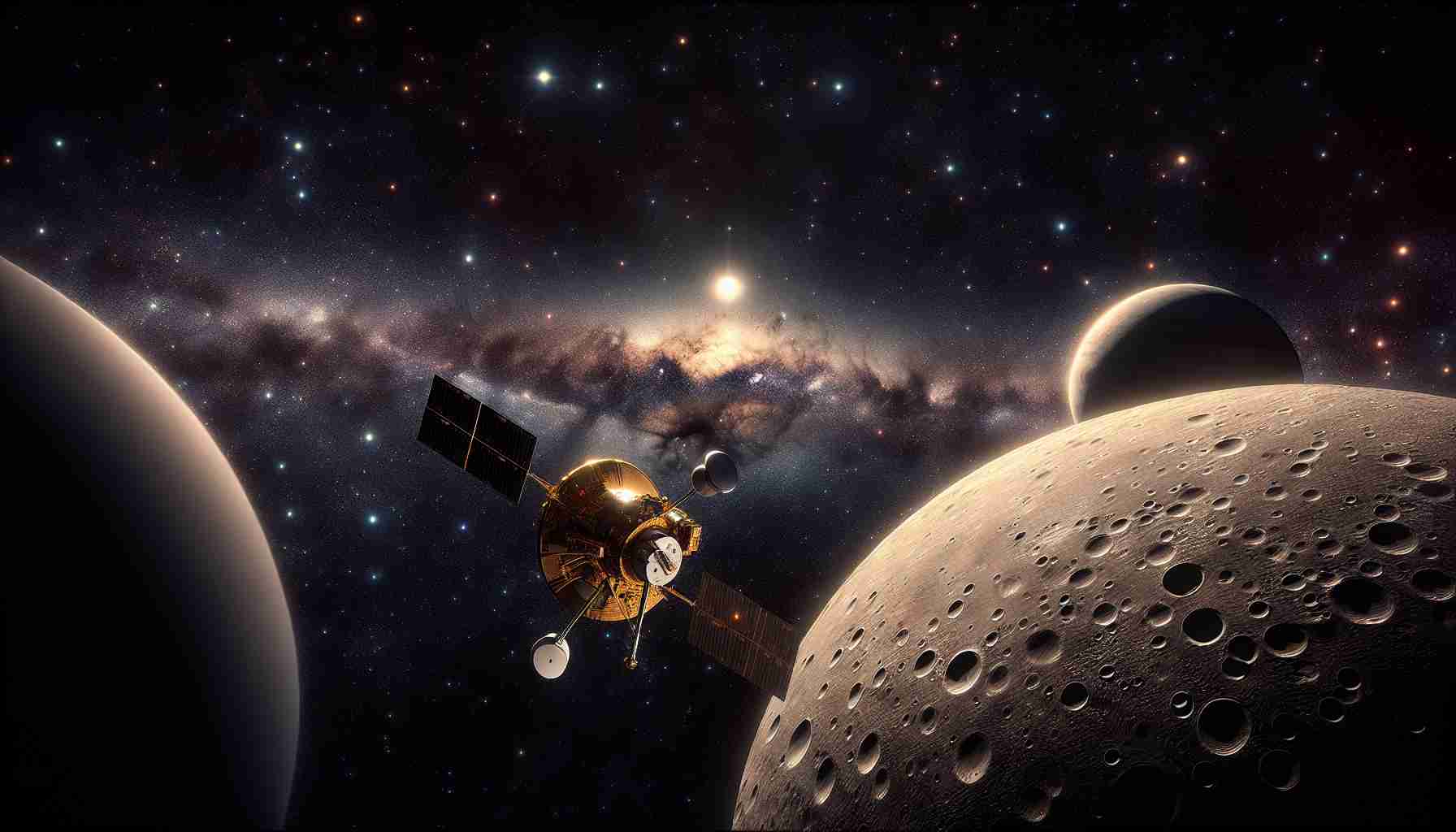The vastness of interstellar space has long been regarded as an empty void, but recent observations challenge our current understanding of the Solar System. Contrary to popular belief, the space between stars is not devoid of matter. This material, known as interstellar medium, consists of molecular clouds, diffuse dust and gas nebulae, and even solitary planets and other non-gravitationally bound objects.
Similarly, within the confines of our own Solar System, the space between planets and asteroids may appear empty, with only the distant glow of the Sun reminding us of our proximity. Defining the size of the Solar System becomes a complex task. Is it determined by the orbits of the farthest known planets, or perhaps the point where the Sun’s influence diminishes compared to the rest of the Galaxy?
Gerard Kuiper first proposed the existence of a cloud of matter surrounding the inner part of the Solar System, now known as the Kuiper Belt. This belt consists of countless small icy and rocky objects, some of which have collided over billions of years, creating debris and dust. The largest objects in the Kuiper Belt, such as Pluto and Eris, were once considered planets but were later reclassified as dwarf planets.
The farthest object in the Kuiper Belt that we have observed up close is Arrokoth, visited by the New Horizons spacecraft in 2019. To our surprise, Arrokoth turned out to be the result of the merger of two smaller objects. However, the journey of New Horizons did not end there.
Equipped with a dust analyzer, New Horizons continues its mission to analyze the content of interplanetary dust particles far beyond the orbits of Neptune and Pluto. Initial observations suggest that the Kuiper Belt extends much farther than previously believed, possibly reaching up to 80 astronomical units (AU) from the Sun. This is significantly larger than the estimated 50 AU.
The discoveries made by New Horizons challenge our current model of the Solar System and imply the existence of an extended Kuiper Belt, expanding our understanding of the boundaries of our celestial neighborhood. Moreover, these observations may hint at the presence of an even more distant reservoir of matter known as the Oort Cloud, which could extend up to one light-year from the Sun.
While the exploration of the Kuiper Belt and beyond presents many mysteries, the New Horizons spacecraft continues to push the boundaries of our knowledge. Over the next 20 years, it will venture even farther from the Sun, potentially unraveling the secrets of these distant regions. As we delve deeper into the vastness of space, our understanding of the Solar System and the universe as a whole will continue to evolve, offering new insights into the mysteries that lie beyond.
Frequently Asked Questions (FAQ) about the Kuiper Belt and New Horizons:
Q: What is the Kuiper Belt?
A: The Kuiper Belt is a region within the Solar System that consists of countless small icy and rocky objects. It extends beyond the orbit of Neptune and contains debris and dust from collisions between these objects.
Q: What are some examples of objects in the Kuiper Belt?
A: Some examples of objects in the Kuiper Belt are Pluto and Eris, which were once considered planets but are now classified as dwarf planets.
Q: How far does the Kuiper Belt extend?
A: Recent observations suggest that the Kuiper Belt may extend up to 80 astronomical units (AU) from the Sun, which is larger than the previously estimated 50 AU.
Q: What is the significance of the New Horizons spacecraft?
A: The New Horizons spacecraft has provided valuable information about the Kuiper Belt. It visited an object called Arrokoth, which revealed that it was formed from the merger of two smaller objects. The spacecraft also continues to analyze interplanetary dust particles beyond the orbits of Neptune and Pluto.
Q: What does the existence of an extended Kuiper Belt imply?
A: The existence of an extended Kuiper Belt challenges our current understanding of the Solar System and suggests the presence of an even more distant reservoir of matter known as the Oort Cloud.
Q: How far can the Oort Cloud potentially extend?
A: The Oort Cloud, if it exists, could extend up to one light-year from the Sun.
You can find more information at the main domain:
NASA – NASA’s official website, which provides updates and news about space exploration, including the Kuiper Belt and the New Horizons mission.
The source of the article is from the blog japan-pc.jp
